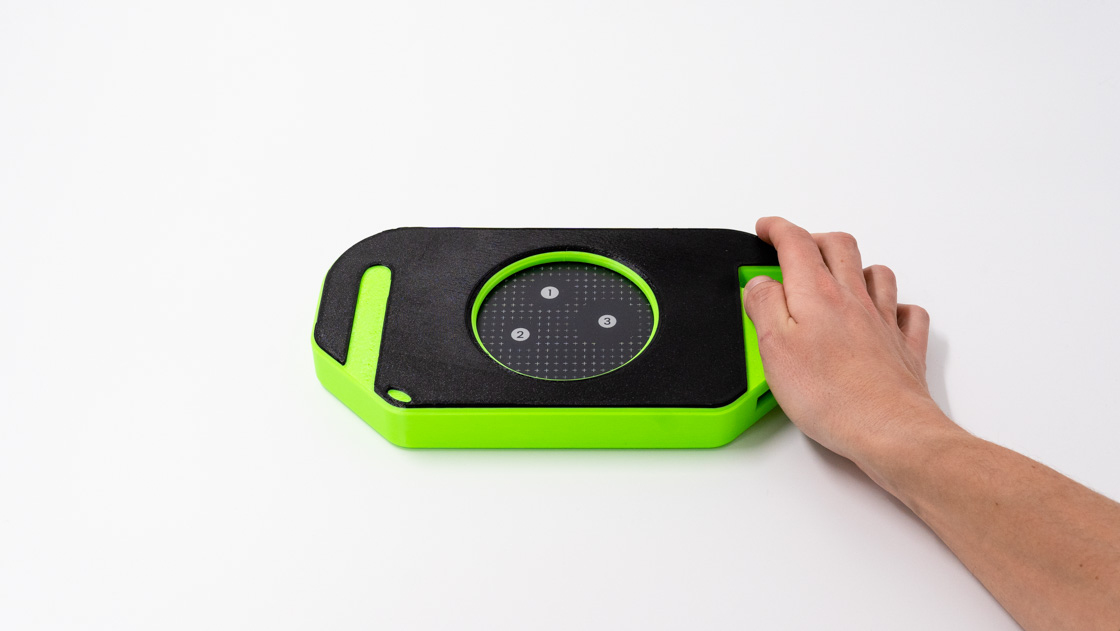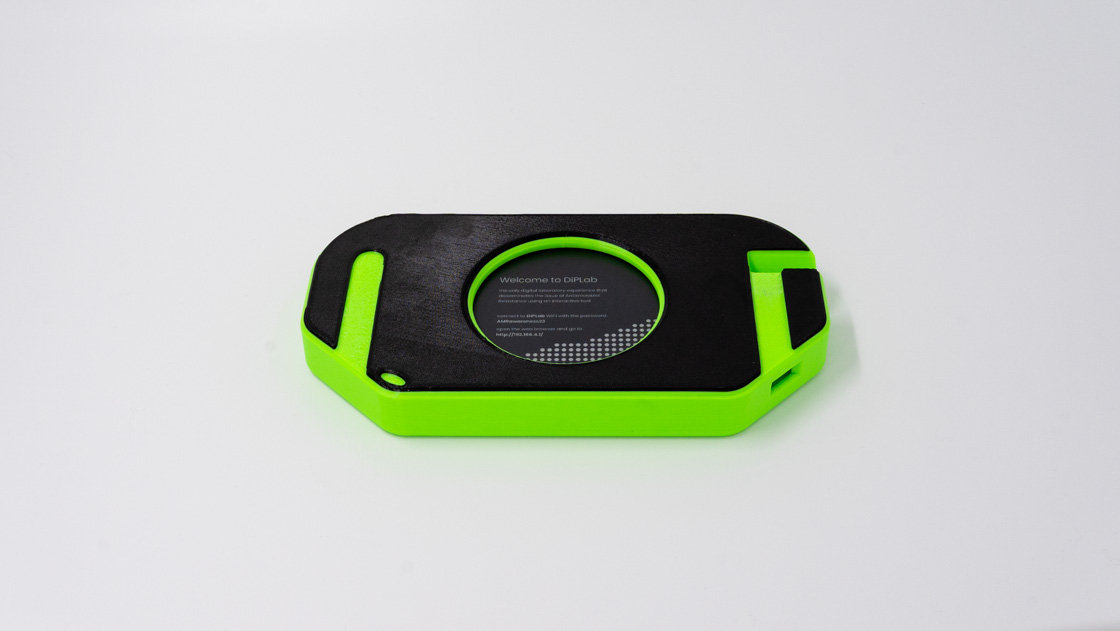DiPLab - Digital Petri Laboratory
Activity abstract
The digitisation of antibiogram testing now allows for exploration of antibiotic susceptibility assays outside of traditional microbiology facilities. This interactive session provides an opportunity to enhance your understanding of antibiotic utilization and the challenge of antimicrobial resistance (AMR). Participants will engage in a hands-on practical exercise to acquire knowledge about AMR in an immersive environment. The workshop aims to develop a thorough understanding of the importance of appropriate antibiotic use and its impact on daily life.
How it works
The experience begins with an introduction by a microbiologist or tutor on the topic of antimicrobial resistance, followed by a brief explanation of how to use DiPLab. The students are then divided into groups based on the color of the devices. Each device is loaded with a specific bacteria, reflecting a patient's medical record. The details of each device are found in the Patient Dossier that is provided with the device to each participant. Once the user's name and class code, as written in the dossier, have been entered, the participant must select the bacteria to use as a base for the Petri dish. After spreading the bacteria, the dish must be tilted to select three antibiotics to complete the Petri dish. Similar to the previous interaction, the user is required to click on the device display to position each antibiotic tab. The digital Petri dish has been completed. The smartphone interface now offers two visualization modes: history and reading mode. The first tab allows visualisation of the DiPLab Petri at 0h, 8h, 12h and 24h, while the second tab enables selection of a single antibiotic tab to highlight and check the inhibition area. In the final step, each group needs to record the result of each antibiotic in the patient dossier. After multiple iterations, the entire table can be completed. Thanks to the knowledge acquired, each group can research antibiotics that are marked as sensitive and select the best one for the patient.
Pictures


With
Matteo Subet teaching and research assistant at the SUPSI Institute of Design and the MA in Interaction Design. His research interests are human-computer interaction with a focus on new technologies and physical computing, and AI-driven systems in the educational practices.
Project Development
DiPLab began as a Master's degree thesis project during SUPSI's Master of Arts in Interaction Design. The research aimed to find effective ways of disseminating information about antimicrobial resistance to high school students. The main challenge was to present this complex topic in a way that was accessible to the target audience. The research was conducted in two parts. Firstly, a quantitative study was carried out to collect information on other projects and explore the field of microbiology science. Secondly, a qualitative study was conducted to gather insights from experts who work with teenagers. After collecting all the insights, a workshop was held at the Junior Design Research Conference in Basel. During the workshop, students from Swiss Design Universities co-designed some possible ideas. The project went through multiple prototype iterations, which were tested and refined until the final concept was developed. In February 2023, the project was completed and presented to the Master's Commission. Additional user testing was conducted on the final product to ensure optimal refinement before launching workshops in collaboration with MAKEAWARE!
Next
The DipLab will be presented at the Fab24 Conference in Mexico.